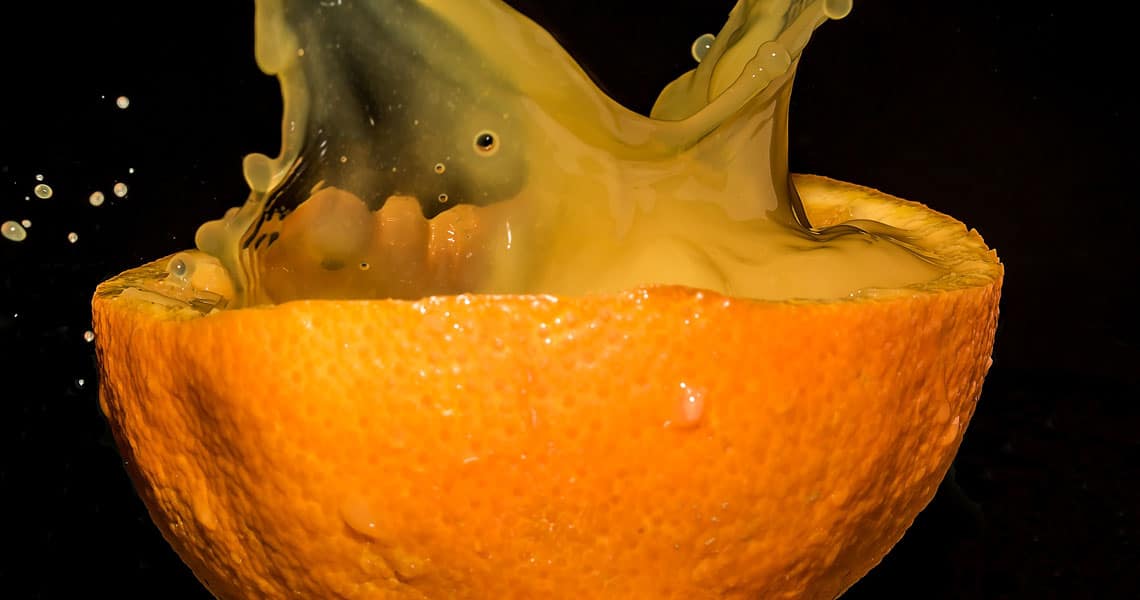The Environmental Benefits of Aseptic Filling

Over the last decade or so, the benefits of aseptic filling technology compared to traditional hot filling techniques have become well known in the food and drink sector. However, the environmental benefits, both in terms of energy consumption and typical life cycle analysis of this packaging method are less understood.
A number of Life Cycle Analysis (LCA) studies have shown that aseptic filling techniques using ultra heat treatment (UHT) systems of pasteurisation or sterilisation, which are based on heat exchangers, generally have lower environmental impacts.¹ ² This is down to two main factors: the packaging used in the two different processes and the energy footprint of the process itself.
Aseptic filling provides robust product quality, minimal thermal impact on the beverage, and greater bottle design flexibility with the ability to use lighter weight PET bottles or cartons. In contrast, hot filling requires a higher energy requirement, has a thermal impact on the beverage itself, and has less flexibility of bottle design than aseptic filling.
Key Difference Between Systems
In an aseptic (cold fill) system, the product is pasteurised or sterilised using UHT systems and then cooled immediately. It is then placed in sterilised packaging. Heat exchangers are generally used for both the heating and cooling processes, enabling very efficient heat transfer and the use of heat regeneration to minimise the overall energy requirement. In these situations, ‘considerable energy is saved by using the hot product’s heat to pre-heat the cold one, and vice versa.’
In a hot filling system, the product is pasteurised or sterilised (using heat exchangers or other thermal technologies). The packaging is then filled at a high temperature (typically between 80 and 92°C) which has the result of sterilising the packaging. After filling the packing and product are cooled. How this is done, and how soon after filling the process is carried out, depend on the product and the packaging. Typical methods include blast tunnels, falling water coolers or even cold storage.
Difference in Energy Consumption
The difference in energy consumption between the two systems is due to different heat treatment, filling and cooling methods, and has often been ignored by researchers.
Where the energy footprint of aseptic filling has been compared to hot filling techniques, it has been shown that, ‘the product treatment in hot filling appears to have higher impacts die to the higher energy requirement that occurs during the warming and the chilling phases’ and, ‘in hot filling systems the heat of the treated product cannot be recovered.’
Based on our experience of thermal processing systems around the world, at HRS we believe that the GHG impacts of hot filling technology are significant. There are a number of different techniques used to cool product and packaging after hot filling, and not all of these are as energy efficient as the chilled-water drench described in the above study. For example, where cold rooms are used, their overall cooling efficiency is low and the electrical energy requirements are significant.
Scientific studies show overall significant GHG savings of 24.9 g CO2e per bottle are possible when using aseptic filling compared to hot filling. To discuss how the HRS range of heat exchangers, pasteurisation and sterilisation technologies, and complete aseptic treatment and filling systems, can help your business to realise these monetary and environmental savings, please contact us.
¹ Manfredi, M. & Vignali, G. (2014), Comparative Life Cycle Assessment of hot filling and aseptic packaging systems used for beverages. At https://www.sciencedirect.com/science/article/abs/pii/S0260877414003860
² Scott, D. L. (2008), UHT Processing and Aseptic Filling of Dairy Foods. At https://core.ac.uk/download/5165017.pdf